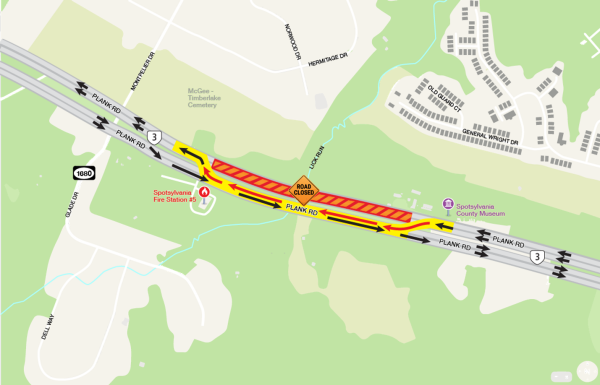Hurricanes
HARVEY
Over the month of August and September, the United States and the Caribbean islands have experienced quite the devastation. On August 25th Hurricane Harvey came ashore in Texas as a category four hurricane with winds and a destructive storm surge. The storm and the flooding left more than 70 people dead. “The wind is what started the ball rolling….and then the water finished them off” says Texas resident Buddy Seeds. Officials say that the storm caused an estimated damage of $75 billion, making it one of the most expensive natural disasters on record. A road in Beaumont, Texas was still flooded two weeks after Hurricane Harvey dumped more than 50 inches of rain on parts of the state. The Department of Public Safety reported that as of September 1st, 122,331 people were rescued or evacuated after Harvey, along with 5,234 pets. Jimmy Carter, George H.W. Bush, Bill Clinton, George W. Bush and Barack Obama have teamed up to raise money for Hurricane Harvey victims, called “The One American Appeal.” They are also prepared to raise money for victims of Hurricane Irma if needed.
IRMA
Then, just weeks after Hurricane Harvey devastated the people of Texas, Hurricane Irma made an appearance in the Caribbean and in Florida, devastating even more people. Irma made landfall twice on Sunday over the Florida Keys and on Marco Island, Florida. On September 9th, Governor Rick Scott of Florida warned that the state could get as much as 18 inches of rain, with the Keys getting up to 25 inches. Florida ended up getting 15.91 inches, and The Keys just as much. At least 25 people were confirmed dead in areas in the Caribbean affected by the storm. More than 200,000 people in Florida were without power early Sunday morning, September 10, and power companies said that it could take as long as until the end of September to get power back into their homes. 540,000 people were told to leave the Georgia Coast. At the most powerful time of the storm, Irma stretched across 415 miles over Florida and The Caribbean. Atlanta’s Hartsfield-Jackson International Airport clocked a gust at 64 miles per hour on Monday afternoon, September 11. The states of Alabama, North Carolina and South Carolina have declared states of emergency.
JOSE
Hurricane Jose was another hurricane this season that formed in the Atlantic Ocean on September 6th. Following the path of Irma, Jose threatened to damage more of the Caribbean. Trailing right behind Harvey in Texas, and Irma in the Caribbean and Florida, Jose started to approach the East Coast on September 19th. Jose was a category four hurricane at its strongest and then turned into a tropical cyclone. Hurricane Jose first appeared to follow Hurricane Irma’s path almost identically, but then turned towards the north and started to head up the U.S. East Coast, bringing heavy rains, dangerous waves, and tropical storm force winds all the way from Georgia to New England. Jose came close to the Leeward Islands on September 9th and got near Massachusetts on September 20th, but never made landfall. “Jose does not show any signs of the rapid intensifications that both Hurricane Harvey and Hurricane Irma underwent,” Dennis Feltgen, a spokesman. New Jersey turned out to be one of the lucky states, not experiencing any effects from the hurricane. Although minor flooding took place in Newark, during the high tides.
MARIA
On September 20th, high winds and disasterous weather moved across the Atlantic coast. They call this wreck Hurricane Maria.
Hurricane Maria moved through Puerto Rico and the Caribbean islands flooding up to five and a half feet above sea level.The storm went from a category one to a category four storm within hours. Maria moved at 155 miles per hour, left 3.4 million citizens and approximently 100 percent of the islands without power. At least 26 people were killed by the storm which still traveled further and damaged everything in its way. Sophomore, Tessa Hatfield said,“The hurricane is pretty upsetting and I would send food, water, and other materials needed to Puerto Rico to help out.” In many places,there isn’t any water to drink or shower. The cell services, food, and fuel resources are limited. It’s very difficult to reach towns to rescue and report through villages. “Irma gave us a break, but Maria destroyed us,” said Edwin Serrano, a construction worker in Old San Juan, Puerto Rico.
Hurricane Maria is now classified as the third strongest storm to ever hit the U.S territory.




